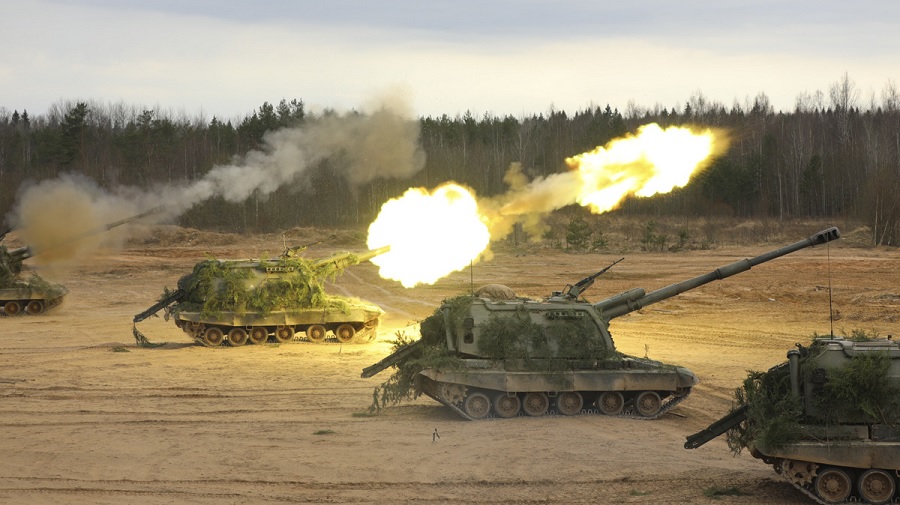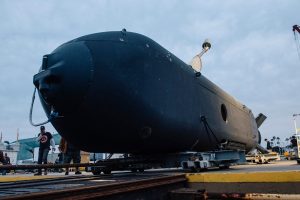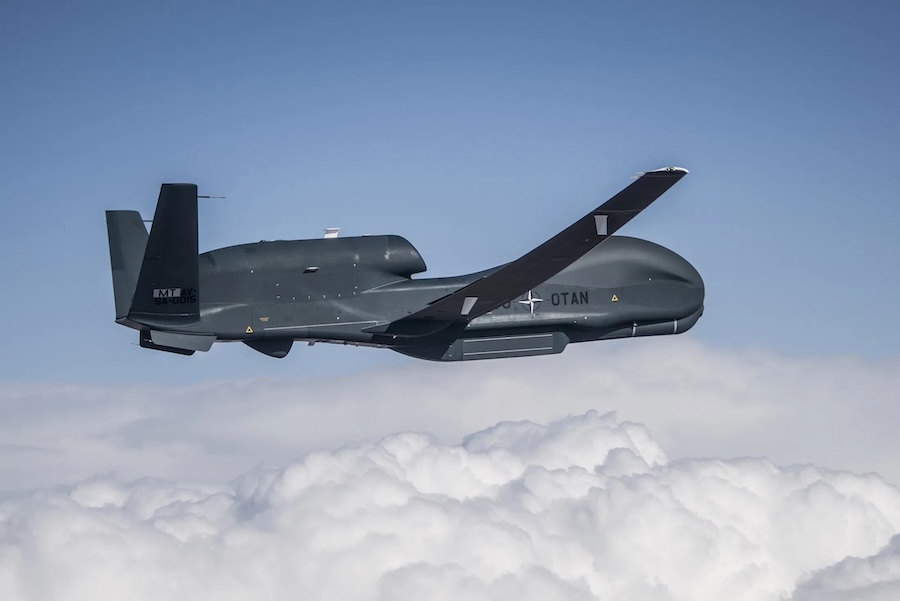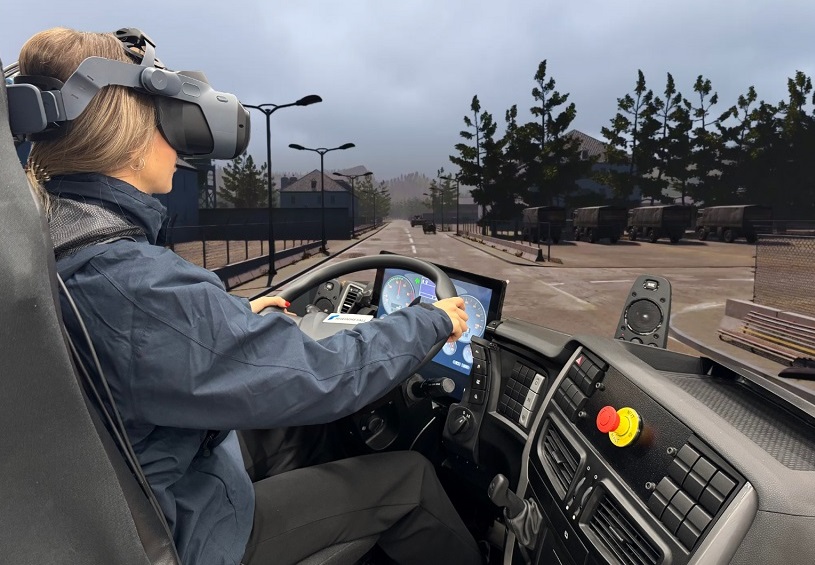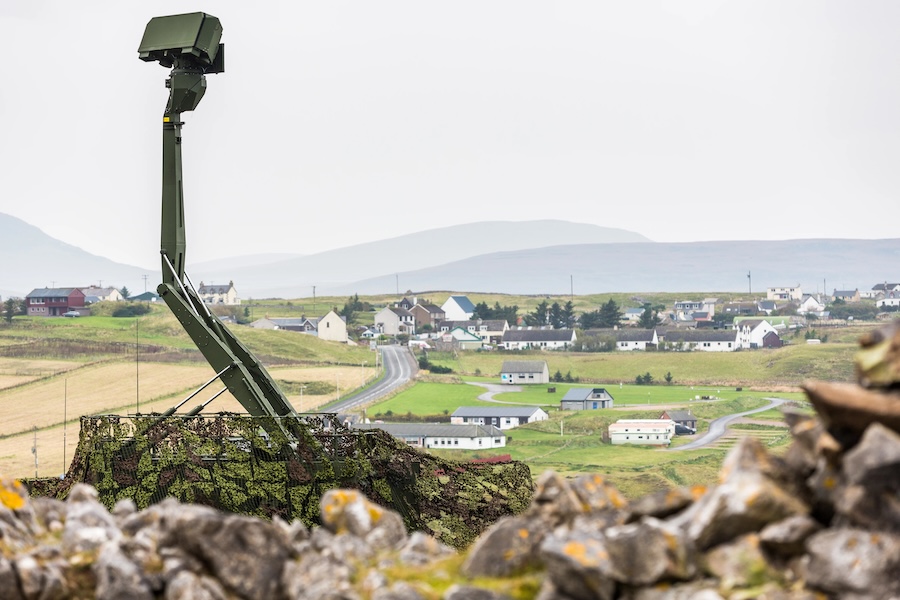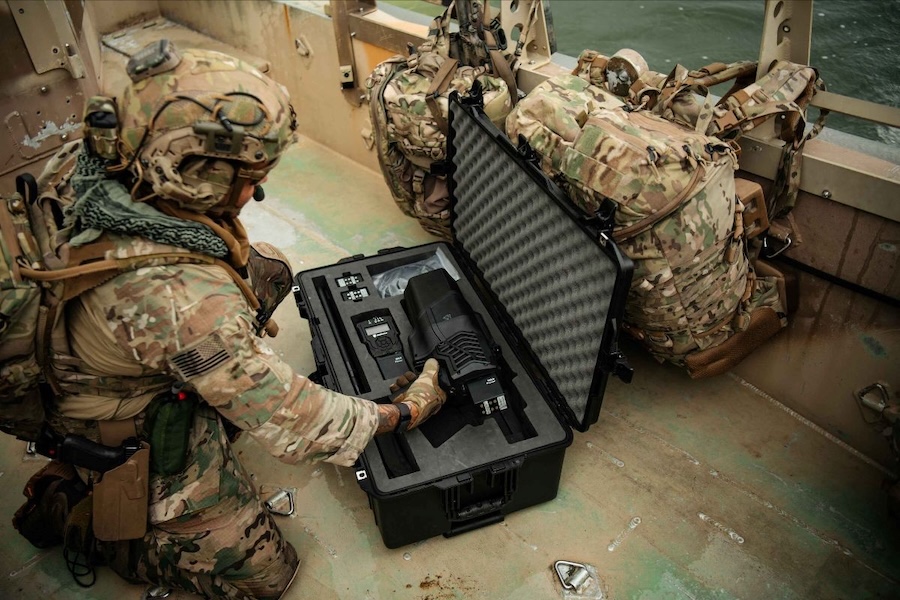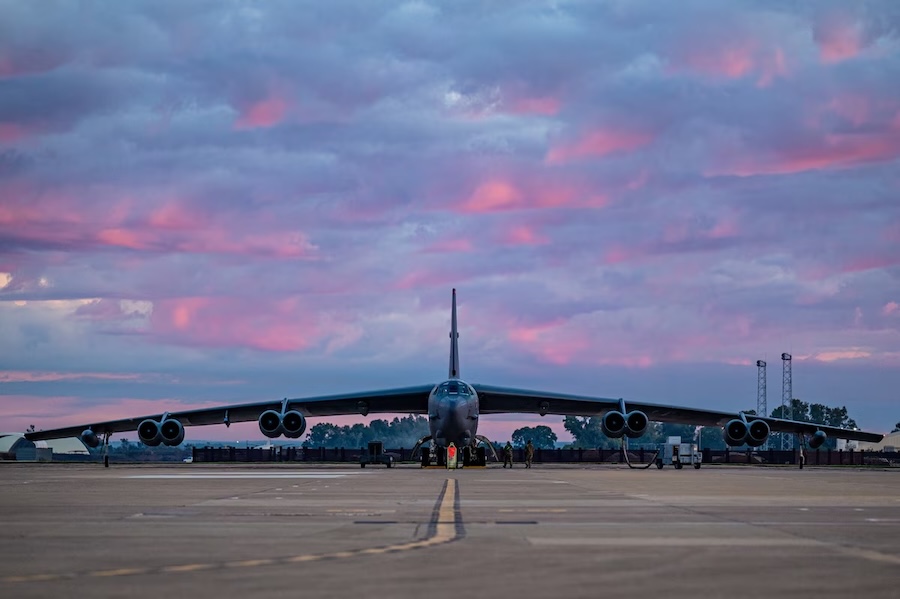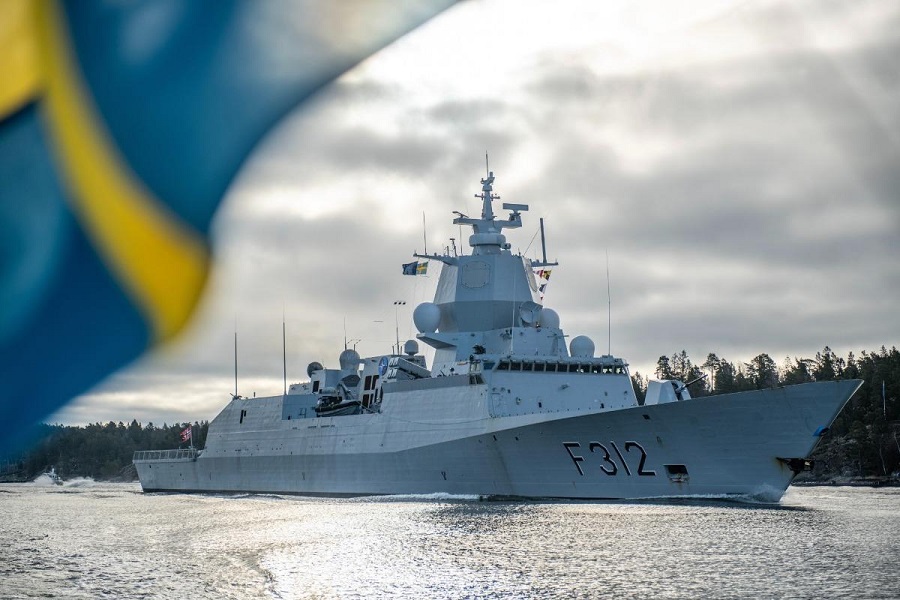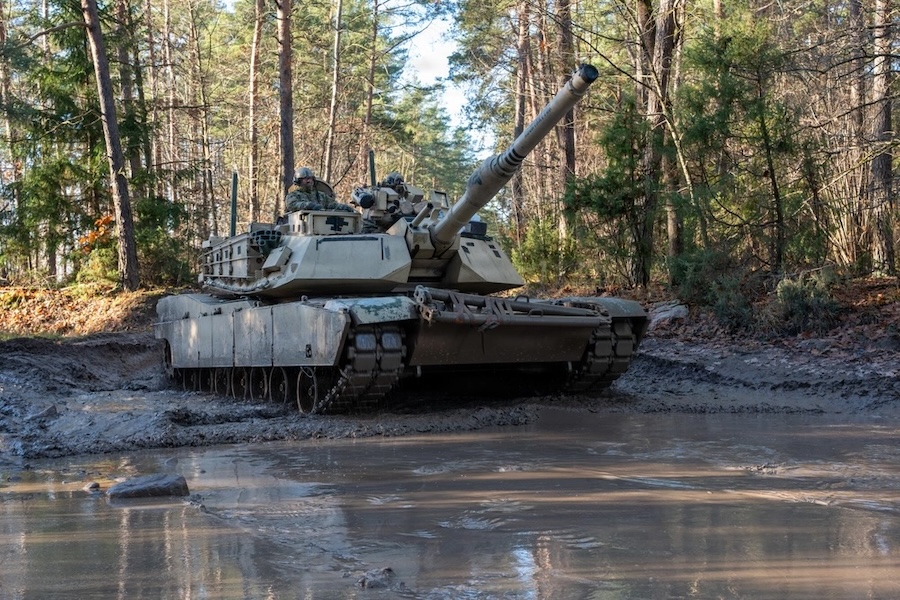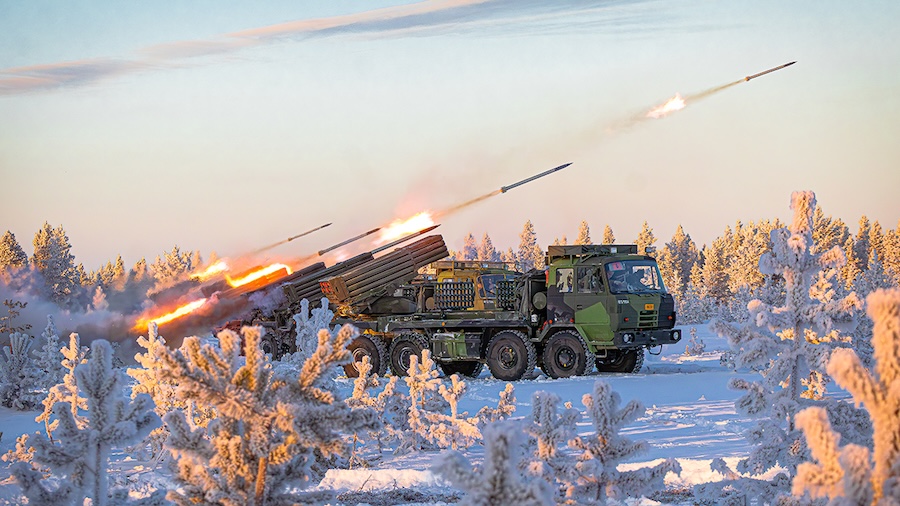The DIA report highlights a key challenge facing Moscow: “Russia faces tradeoffs between modernizing weapons and resupplying its forces in Ukraine.” The country’s defence industry is prioritising refurbishment of existing platforms over the production of new or upgraded weapons systems.
An exception is the submarine fleet, where “planned modernization and fielding has continued mostly without interruption,” the assessment notes. This contrasts with other branches of the military, which are affected by resource constraints and rising operational costs.
Russia’s defence and security-related spending in 2025 is projected to reach at least $150 billion, marking a 19 percent inflation-adjusted increase from 2024. This will account for approximately 40 percent of the country’s federal budget.
Labour shortages and international sanctions are also straining the Russian economy and increasing defence production costs. These factors “probably will hamper Russia’s long-term modernization efforts, particularly for producing advanced equipment,” the report adds.
Despite limitations on land, the Russian Navy is expected to be the primary instrument for global power projection over the coming year. In a notable move, Russia deployed a nuclear-powered submarine to Latin America in 2024—its first such deployment in the region since the Soviet Union’s collapse.
The Navy also held a global exercise in September, named OKEAN-2024, involving multiple fleets. This was aimed at demonstrating Moscow’s continued ability to defend its national security interests despite losses in Ukraine.
The Russian Pacific Fleet has seen the introduction of new ballistic missile submarines, cruise missile submarines, and attack submarines. These additions underline the Navy’s role as a central component of Russia’s strategic military posture.
In contrast, the Aerospace Forces face significant pressure due to “overusage of aircraft and pilots in combat operations, as well as poor force implementation.” While operational tempo is not expected to decrease, these challenges have led to heavy losses of both equipment and veteran personnel.
The report also notes the emergence of new tactics, particularly the use of glide bombs in Ukraine. This reflects ongoing adaptation despite “varying degrees of proficiency and capability” shown by Russia’s air forces in the conflict.
Electronic warfare (EW) capabilities are being actively used by Russia in both offensive and defensive operations to disrupt Ukrainian communications and weapons systems. These EW systems are “designed specifically to counter Western-supplied technologies,” the DIA states.
Russia’s use of unmanned aerial vehicles (UAVs) has expanded significantly during the conflict. These UAVs are proving effective for enemy detection, artillery targeting, and both short- and long-range strikes.
Source: Defense Intelligence Agency



